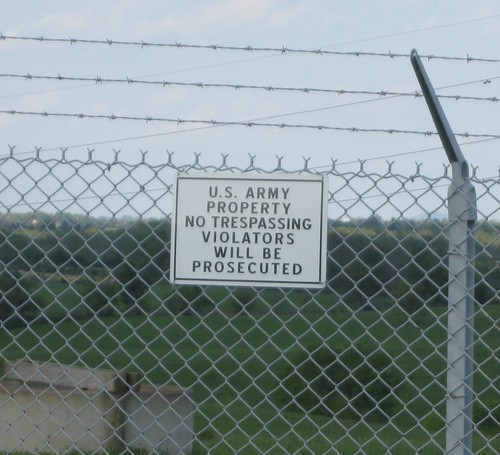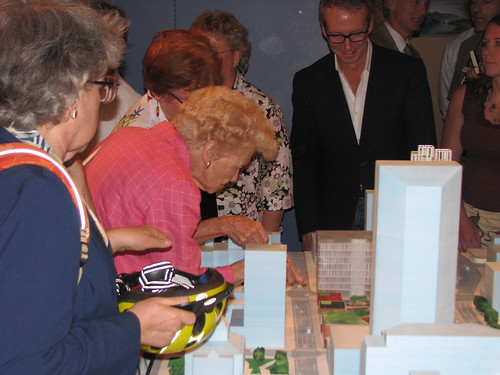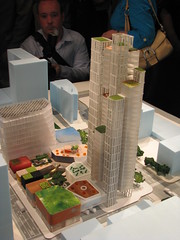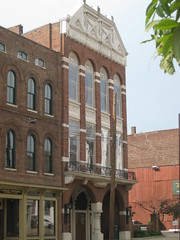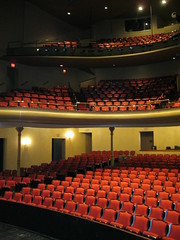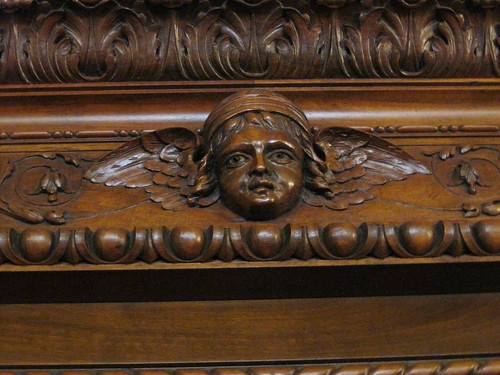Join the Blue Grass Trust deTours group of young professionals (and young at heart) as we discover Lexington’s past. On August 3, 2011 at 5:30 p.m., we will gather outside Atomic Cafe (265 North Limestone) before exploring three East Third Street properties which are in various stages of restoration. RSVP on Facebook.
The majority of the properties to be explored on the August 3 deTour are located within Lexington’s Constitution Historic District. This district encompasses several city blocks between North Limestone and Martin Luther King Blvd, stretching from the north side of East Third Street to the alley with three names (references have been found to Templeman Alley, Clark Street and Pleasant Stone Street). As with all historic neighborhoods surrounding Lexington’s business core, Constitution has a checkered past — as do the individual properties to be visited.
The Atomic Cafe building – 265/267 North Limestone Street (not in the Constitution HD) – was constructed by and adjacent to the house of Joseph Wingate who served as Lexington’s Mayor from 1863-1865. In 1869, it was known as the “family grocery now owned by Jacob White,” thought it was in the Crawford family for 35 years. By fortune, this building it still exists – it was “almost blown to pieces” by an exploding oil can in the early morning hours of August 14, 1888.
The East Third Street properties we’ll be visiting – 122, 126 and 146 – today share a common owner who has taken each building to a different stage of restoration with 122 being the most complete and 146 being the most raw. 122 and 126 were both constructed by Joseph Uttinger circa 1839. Uttinger was a carpenter who owned a lumberyard; he sold both properties later that same year. James Jackson purchased 122 and 126 was sold to Thomas Bradley who rented out the property for about 20 years. 146 was built in 1847 and sold in 1849 to Daniel Wickliffe, the editor of the Lexington Observer and Reporter and later the Kentucky Secretary of State under Gov. Robinson. Both 120 and 146 (as well as five others on the block) are two-story, three-bay, all-brick, Greek Revival hall-and-parlor homes.
As a bonus, we’ll also be visiting another North Limestone residence outside of the Constitution HD. Although officially it was completed in 1900, its from room dates to a cabin first built in 1797.
Please join us for our August 3 deTour. More information about the deTour is available on Facebook.
Bibliography
Blue Grass Trust, “Constitution Spreads“
Kentucky Historic Resources Inventory
Lexington Leader, local.lexpublib.org
NRHP, “Constitution Historic District“




